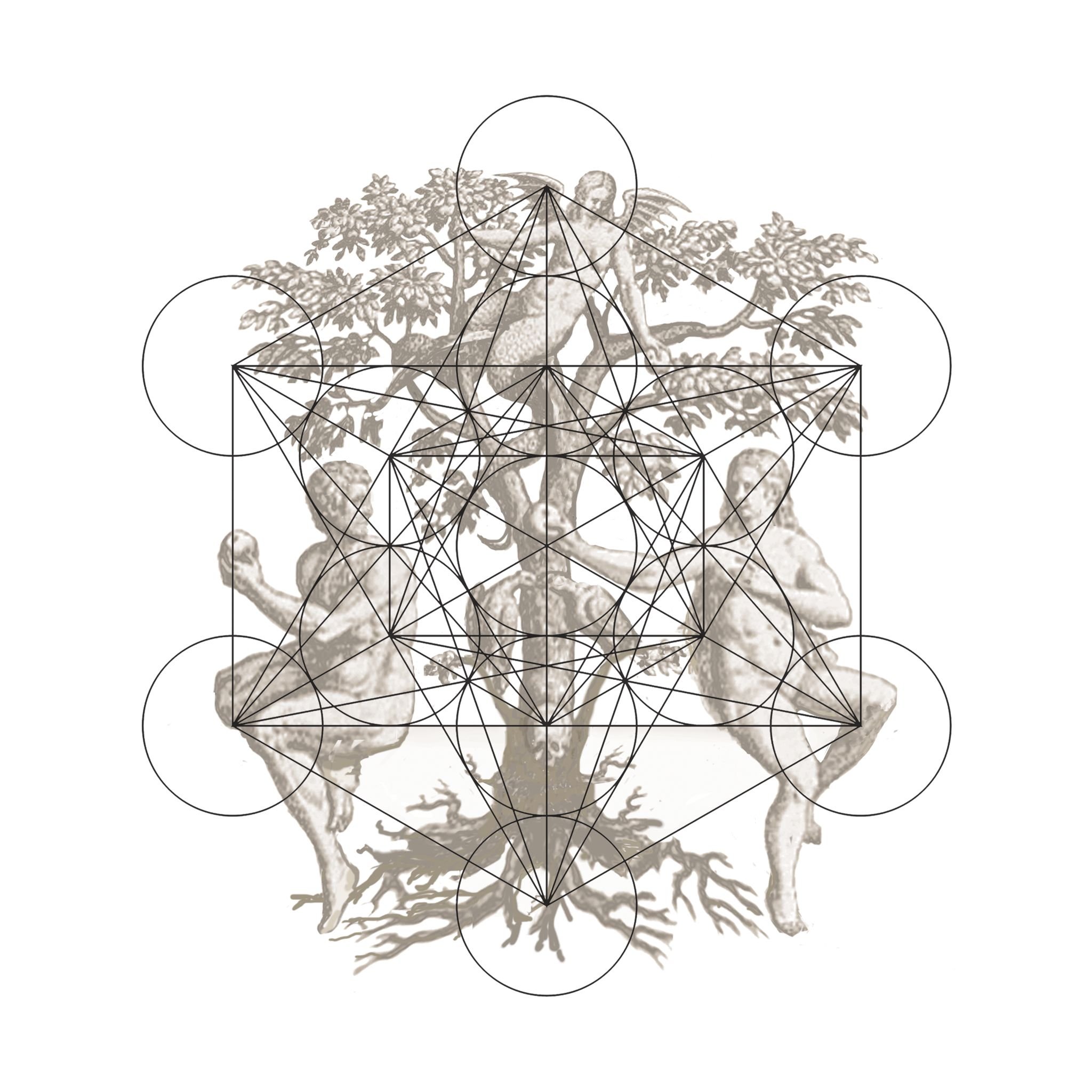Kate Clark Sculpture Commissioned For 'Citizen : An American Lyric' by Claudia Rankine
Kate Clark was commissioned to make a sculpture for 'Citizen : An American Lyric’ by Claudia Rankine.
Rankine's bold new book recounts mounting racial aggressions in ongoing encounters in 21st century daily life and in the media. The accumulative stresses come to bear on a person's ability to speak, perform and stay alive. Our addressability is tied to the state of our belonging, Rankine argues, as are our assumptions and expectations of citizenship. In essays, images and poetry, Citizen is a powerful testament to the individual and collective effects of racism in our contemporary, """"post-race"""" society.Claudia Rankine's bold book recounts mounting racial aggressions in ongoing encounters in 21st century daily life and in the media. The accumulative stresses come to bear on a person's ability to speak, perform and stay alive. Our addressability is tied to the state of our belonging, Rankine argues, as are our assumptions and expectations of citizenship. In essays, images and poetry, Citizen is a powerful testament to the individual and collective effects of racism in our contemporary, """"post-race"""" society.
Rankine spoke to Bomb magazine about her reason for selecting Clark’s work:
Kate Clark’s Little Girl and Wangechi Mutu’s Sleeping Heads were both important for me to get the rights to use in Citizen because they performed, enacted, and depicted something ancient that I couldn’t or didn’t want to do in language. In African-American literature it’s the moment the ancestor shows up in a corner somewhere, a direct descendant of slavery. They are both, in a sense, collaged pieces insisting the viewer bring together that which does not live together. They are disturbing because they are “wrong” and yet familiar on a certain level. Perhaps your word, extimate, could live and function here. The incongruity, the dissonance, revolts and attracts. Unheimlich comes to mind—you want to look away and can’t look away because it’s your doppelganger that’s been shadowing you.
Clark uses taxidermy to create her sculptures. In the particular piece I used in Citizen, she attached the black girl’s face on this deer-like body—it says it’s an infant caribou in the caption—and I was transfixed by the memory that my historical body on this continent began as property no different from an animal. It was a thing hunted and the hunting continues on a certain level. So when someone says, “I didn’t know black women could get cancer,” as was said of me, I see that I am not being seen as human, and that is fascinating to me, even as it is hurtful in a more superficial way, since my stomach hurts more from the chemo—or is it the diagnosis?

